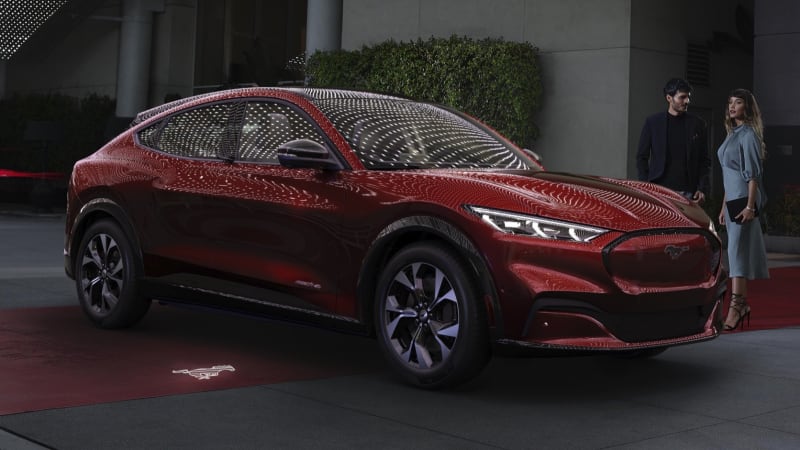Things we learned about the 2021 Ford Mustang Mach-E powertrain
https://ift.tt/2KuVx6I

LOS ANGELES — The 2021 Ford Mustang Mach-E is one of the most significant electric cars in the company’s history, and it’s arriving with a few powertrain variants. We talked with engineers at Ford to get a few extra details about those powertrains.
As you may have seen, the Mach-E is available with either rear-wheel drive or all-wheel drive. This is achieved in much the same manner as other companies, with the rear-drive model having a single motor, and all-wheel-drive versions getting two. Ford has two types of electric motors for these purposes. Every model gets the same fairly large motor for the rear wheels, and in the rear drive version, it produces 306 pound-feet of torque and between 255 and 282 horsepower, depending on trim and battery size. On most all-wheel-drive models, it’s paired with a smaller motor for the front. The GT models, though, get the same rear motor placed up front for maximum power. Tesla has done similar things with its various cars.
Having two sets of motors means it’s easy for the amount of power at each end to be adjusted for different driving conditions. We were curious what the default settings were, and an engineer told us that it doesn’t have a conventional torque split like internal-combustion cars since either electric motor can be operated independently. You could hypothetically have both motors running as maximum power, sort of a 100/100 front and rear rather than a 50/50 or 40/60. And it can never be 0/100 or 100/0. The engineer did say that the default settings are roughly analogous to a 30/70 front/rear split at the moment, so it does have more of a rear-drive feel. That’s just the current settings, though, as he said they’re doing more testing this winter, and things could change before cars head to dealers.
One final note: All the electric motors are paired to single-speed transmissions. They aren’t equipped with any kind of torque vectoring or limited-slip differential, either. The Ford engineer said that any kind of lateral torque adjustment would come from the stability and traction control systems applying brakes as needed.
Auto Blog
via Autoblog https://ift.tt/1afPJWx
November 18, 2019 at 08:27AM